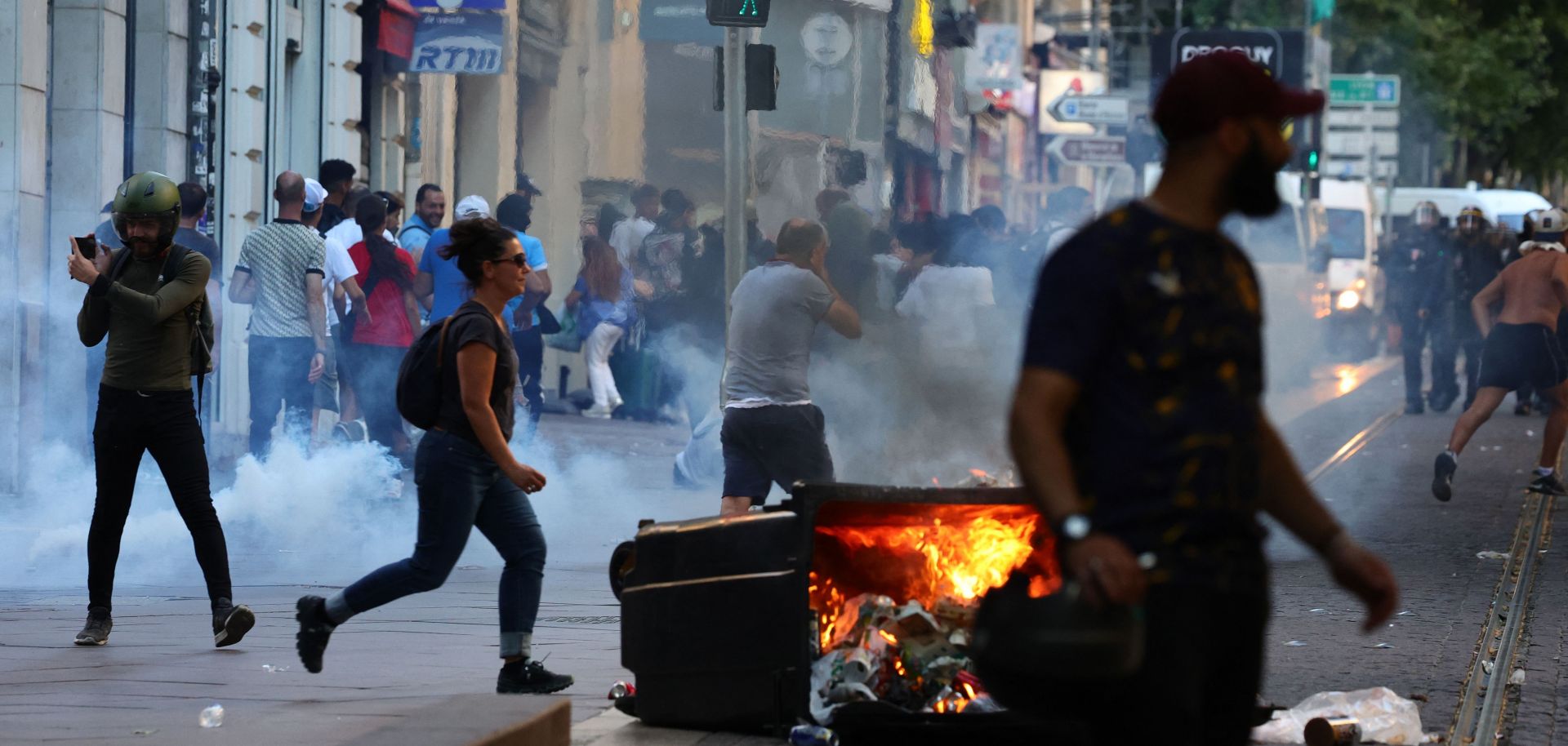It has now been six days since violent unrest erupted across France over the death of Nahel M., a 17-year-old French-Algerian delivery driver who was shot and killed by police at a traffic stop in a Parisian suburb on June 27. Despite a weekend of more rioting, the situation appears to be de-escalating. But the speed and scale at which the demonstrations spread have reanimated an old question about why some protests descend into riots, whereas others remain peaceful or never emerge in the first place. After all, Nahel's death was hardly the first incident of its kind in France. The trajectory of protests that emerge from grassroots activism, like those seen in France over the past week, are difficult to forecast because they are largely leaderless and unpredictable. But thinking of their development in terms of a fire can help provide a framework, as such protests often emerge from some...


